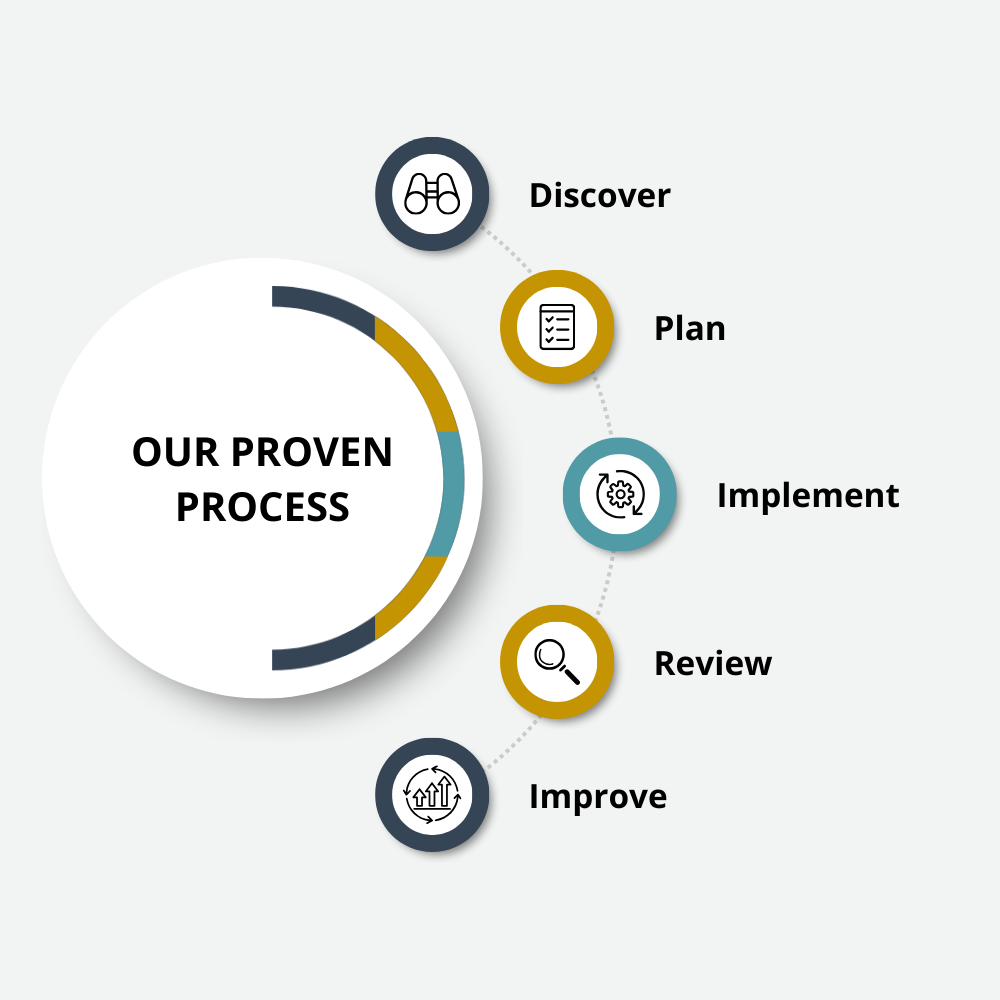Few subjects create more questions and uncertainty than life insurance. Trying to make the right choice for the type of insurance policy one should own, the length of the policy, how the ownership of the policy should be structured, and even deciding when life insurance is no longer necessary—all of these topics can feel complicated and even intimidating to consider. But when a life insurance policy is clearly needed and the individual can pass the underwriting standards, the right life insurance policy can provide tremendous peace of mind.
There is a wide variety of combinations, policy designs, and other factors that can go into the decision process regarding the purchase of life insurance, but for this article we are going to assume a situation that strongly favors the purchase of life insurance.
Consider the following situation. Tom is married, age 40, in great health, and has three small children ages 5, 7, and 12. Tom and his wife, Kathy (age 40) own a business as sole proprietors. Tom and Kathy have a mortgage on their home of $400,000 (15 years to payoff), $100,000 in a SEP IRA, and the business has annual net income of around $75,000. Neither Tom nor Kathy own life insurance, and Kathy stays at home to raise the children. Their financial planner suggests a policy of $2 million (death benefit) of 20-year level term for both Tom and Kathy. Assuming the death benefit amounts are agreed upon, should they buy the insurance?
The first question is do they need the insurance? Answer: Yes. This is a classic example of a young family with “bread-winner” risk. While we don’t know if Kathy could step into the business if Tom were to die prematurely, the policy would give Kathy the ability to pay off the house and provide a nice cushion to raise their children. The proceeds would also give Kathy financial support as she decides whether to sell the business, run it herself, or pursue some other option.
The second question is: Why term insurance and not whole life or universal? Most readers will know that term insurance, as the name implies, while less expensive, only lasts for a limited period of time and does not accumulate any cash value. Whole life or variable life, on the other hand, costs more, generally stays in force as long as the premiums are paid, and can accumulate value. We can address the types of policies and the various advantages in another article, but for this example, let’s assume that term insurance is appropriate because of the lesser expense and that the planner has suggested a term policy fits Tom and Kathy’s needs.
The third question is why the length of the policy should be 20 years. Here the rationale is that the policy covers a “cone of risk” during which the welfare of the children is significant. In 20 years, the youngest will be 25, the next youngest will be 27, and the oldest will be 32; the need to provide financial support for the children will be diminished. Assuming the business continues to do well, wealth will also be generated there, so the policy is not being purchased primarily as a way to produce wealth in the estate.
Finally, for more protection in the event of an untimely death, the financial planner could recommend structuring the ownership of the policies within an irrevocable life insurance trust to help protect the assets from creditors and/or persons acting in bad faith. For example, if Tom died prematurely and Kathy decided to remarry, the proceeds of Tom’s insurance policy, do not become part of the new couple’s marital assets, since they are inside of the irrevocable trust.
But another question arises: Does Kathy need to have a policy? Statistics show that women usually outlive men, so it is assumed that Tom will probably pre-decease Kathy. However, we know real life doesn’t always follow statistics, and there is a risk, albeit a small one, that Kathy could die first. And remember, the “cone of risk” is primarily centered on the need to care for young children.
So the reason that Kathy should also carry a life insurance policy is because of the small risk that she could die first, prematurely leaving Tom to figure out childcare while running the business. Instances of this occurring are probably very small, but they do happen. In fact, we know of a client whose wife died of cancer in her early forties, leaving him to raise six children. Fortunately, she did have a $1 million life insurance policy, which helped her widowed husband to muster the resources to provide care for the children.
In summary, life insurance is a decision that involves multiple perspectives that should include one’s station in life. Young families with “bread-winner” risk will have a different perspective than an older couple with no children at home, fewer debts, and potentially more savings. Sorting this all out is where a talented financial planner adds real value to the overall financial plan. In helping clients make smart decisions about life insurance, planners must take the extra time to understand and explain thoughts, emotions, feelings, and behaviors in order to provide reliable guidance. Life insurance can be a crucial element in most financial plans, but it’s vital to understand its role in providing for the specific needs of each individual and family.




















